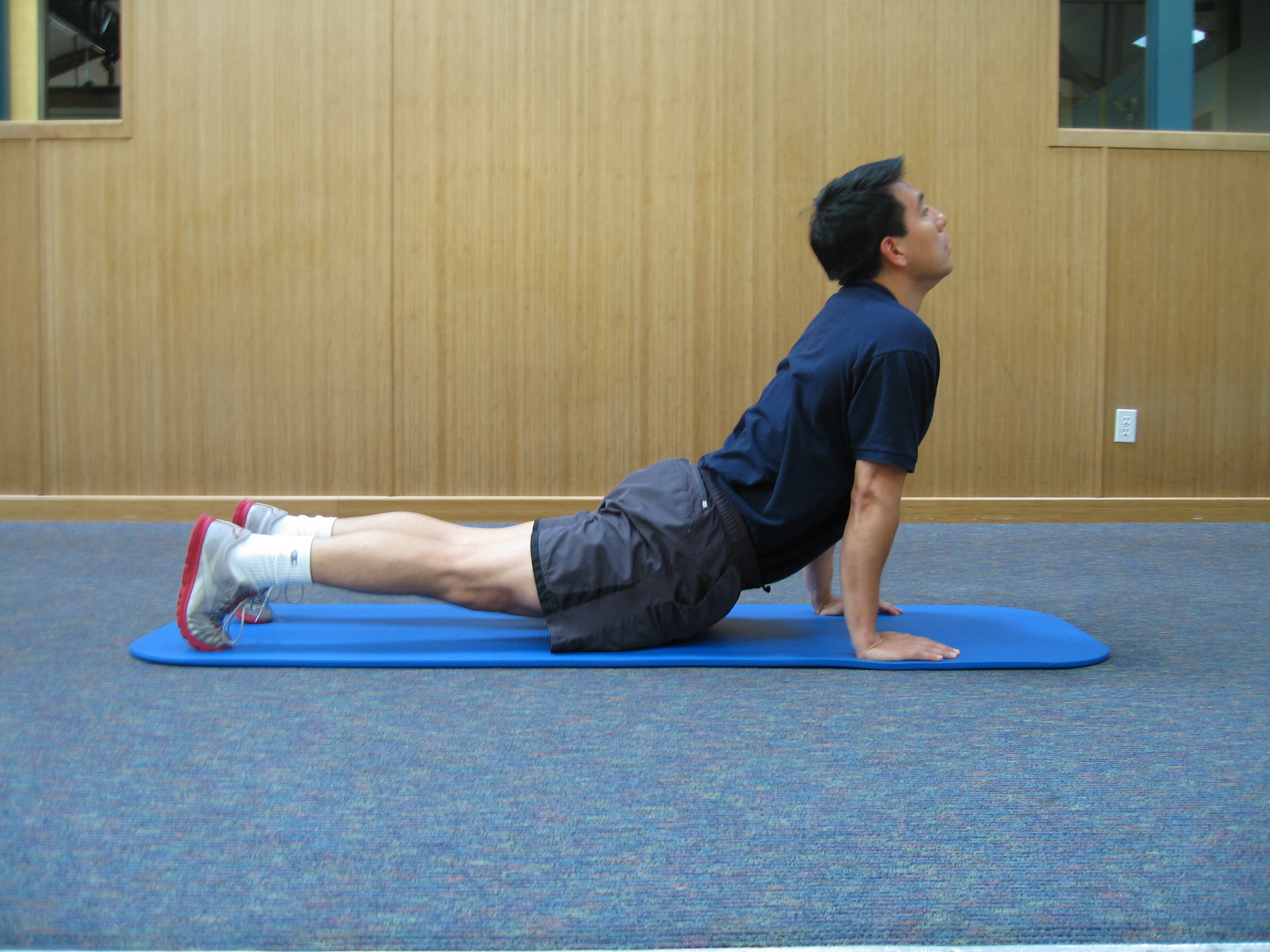 When divers think of functional levels of flexibility, there’s a high degree of certainty that they will emphasize the range of motion of their shoulders. For divers whose gear configurations demand reaching behind the head is a serious topic as it could mean the difference between life and death. And thus, they follow the most logical approach, which is stretching. And this is where things get sketchy.
When divers think of functional levels of flexibility, there’s a high degree of certainty that they will emphasize the range of motion of their shoulders. For divers whose gear configurations demand reaching behind the head is a serious topic as it could mean the difference between life and death. And thus, they follow the most logical approach, which is stretching. And this is where things get sketchy.
First, understand that trying to condense the full glory of the mechanics of flexibility into a couple of articles strips them of their merit. The oversimplification of fascial interactions with autonomic reflex arcs diminishes the spectrum of their crucial role in mobility, yet those who have taken the time to study this topic understand how it’s impossible to attain proper flexibility without addressing the health of fascia.
Thus, it is not the objective of this article to go in-depth over those mechanics but rather, to help you–my fellow diver–understand why seeing flexibility as an issue of tight musculature is incomplete, misleading, and counterproductive.
The popular fitness credos treat deficient range of motion as a result of tightness and specific muscle groups, turning the musculoskeletal system into the causal factor. Thus, the seemingly logical approach is to stretch tight tissues following ambiguous parameters of range of motion. The fact that compromised ranges of motion are a symptomatic manifestation of other conditions is not even considered. The irony is that many of these practices—even when done with the best of intentions—trigger the protective mechanisms that exacerbate the very conditions they intend to resolve.
And no, I never said that stretching is unnecessary—or bad. Rather, the way it’s therapeutically is a clear indication that only a fraction of its mechanics are understood. An in-depth study of the interactions of fascia with the different systems of the body reveals why the same mobility drills could be productive to some while exacerbating the conditions in others, but I will reserve this extensive topic for those in my treatment table. My focus in this article and the next few, is the tremendous role of strength training in flexibility and how it will serve the diver.
There’s ample well-documented research to corroborate the positive effects of strength training in the topic of flexibility. Many studies have shown that groups engaged in strength training without stretching gained as much flexibility—if not more—as groups who stretched exclusively. And yes, that’s what I’ll be delivering in upcoming articles but before doing so, I want to make sure we are on the same page.
I want to reiterate–as I have done in previous articles–that the way to see strength closer to its true nature is not in the ability to haul heavy loads. While that is only an expression in the form of feats, it’s not the more objective definition of strength. When we learn to see strength as the ability to overcome inertia, then we can see its fundamental role and we’ll have an easier time understanding why a more functionally strong body can be a more flexible body. And no, I’m no endorsing the risible concept of functional training either, and we’ll address that circus some other time.
We will be going over strength training and mobility drills to help you improve your flexibility, or as I preferred to call it over the past ten years, mobility. Improved flexibility does not necessarily mean reaching further, it also means enjoying a greater degree of control and strength in areas where you struggled before. Increasing your range of motion without increasing your ability to control it is a sure way to invite injury. Provided there are no underlying conditions requiring the intervention of a therapist, your flexibility will benefit from the drills I plan on presenting.
And it does not involve the boring practice of standard stretching. If you know how much I dislike the term stretching, then you you’ve known me for quite a while. (If you are curious about my pet-peeves then I’d love to direct you to my book The Fit and Healthy Diver Manifesto. Warning though, it’s not for the highly sensitive.)
Get ready for the strength-flexibility routines we’ll be covering in the upcoming issues. Until then, happy training and safe diving.

